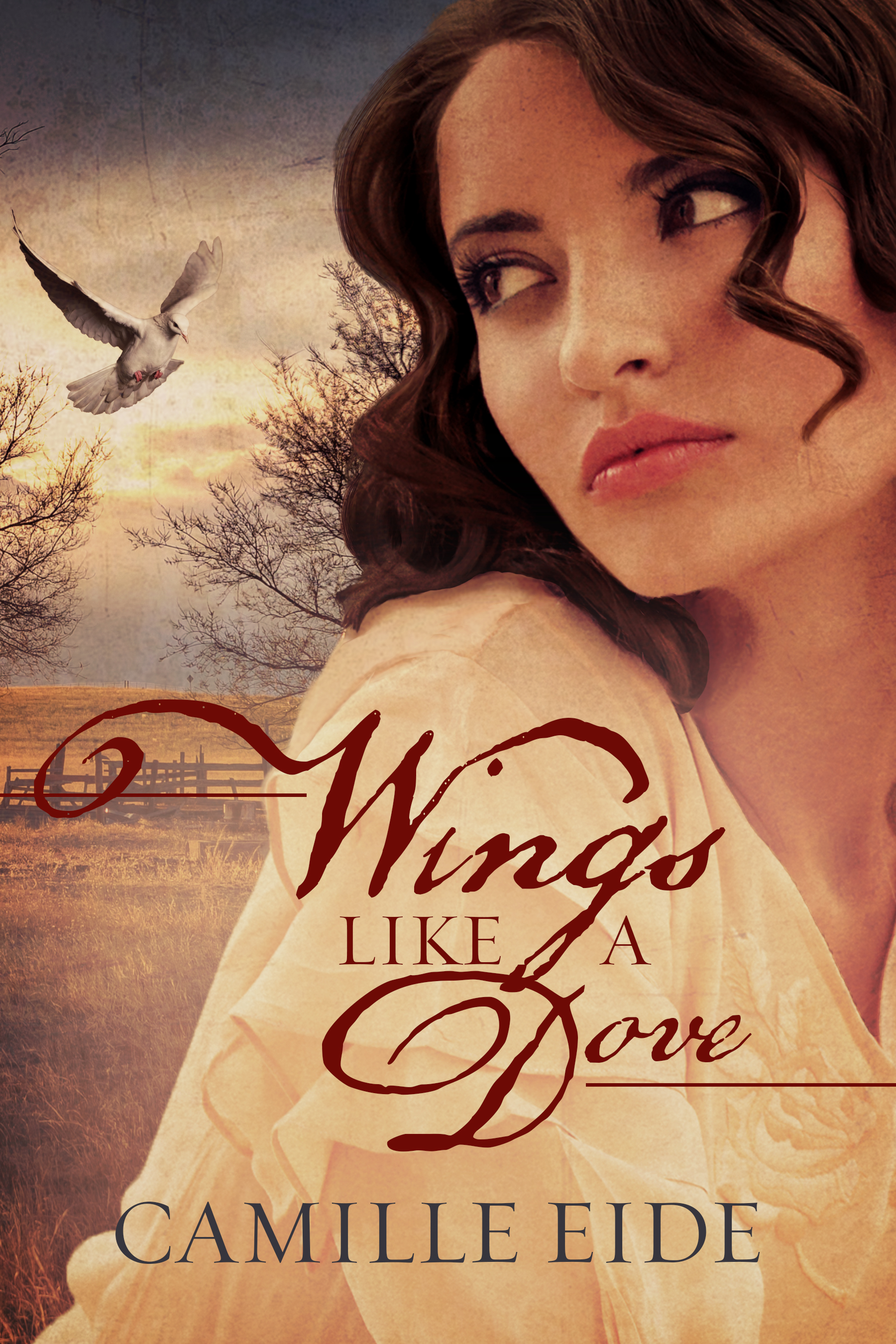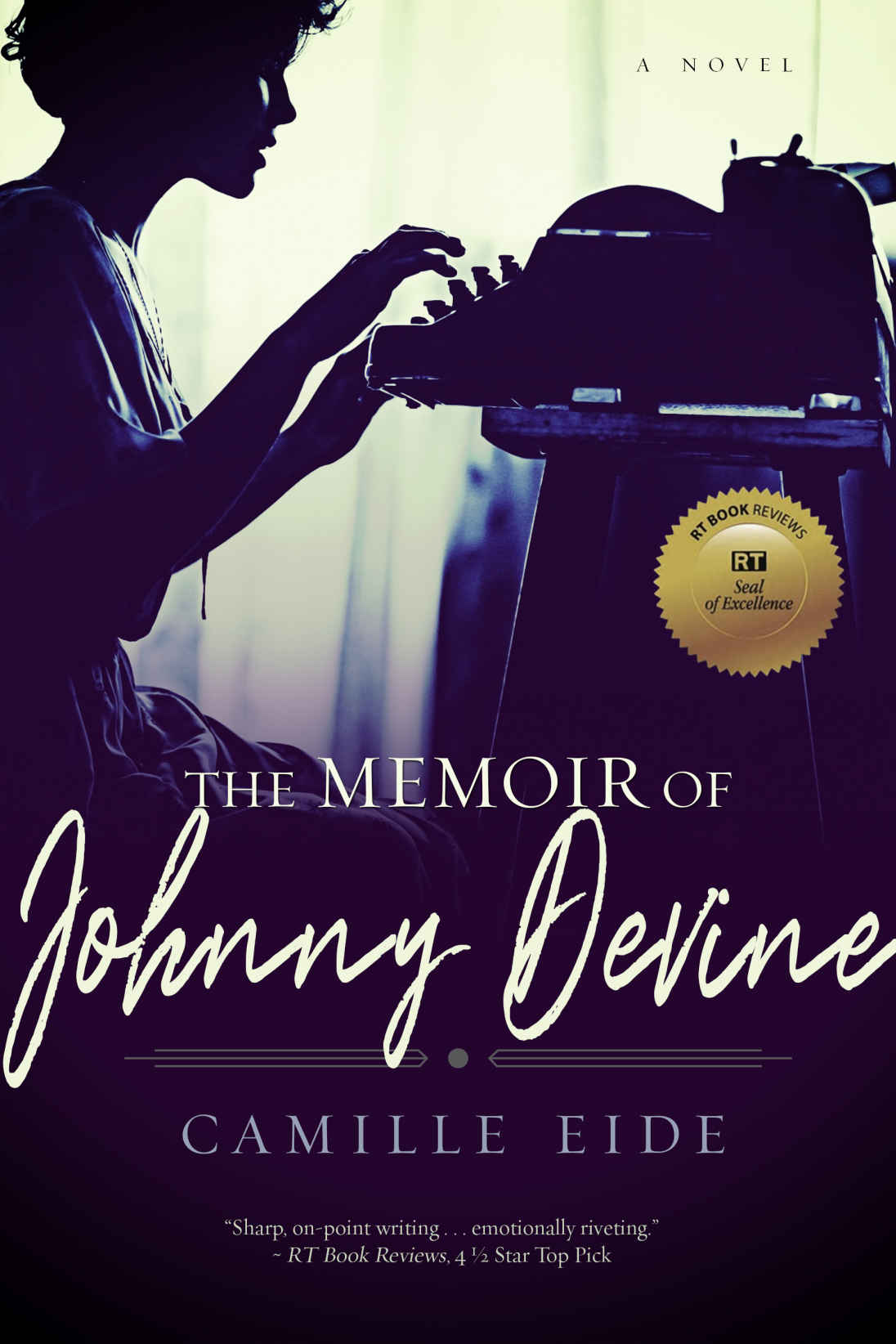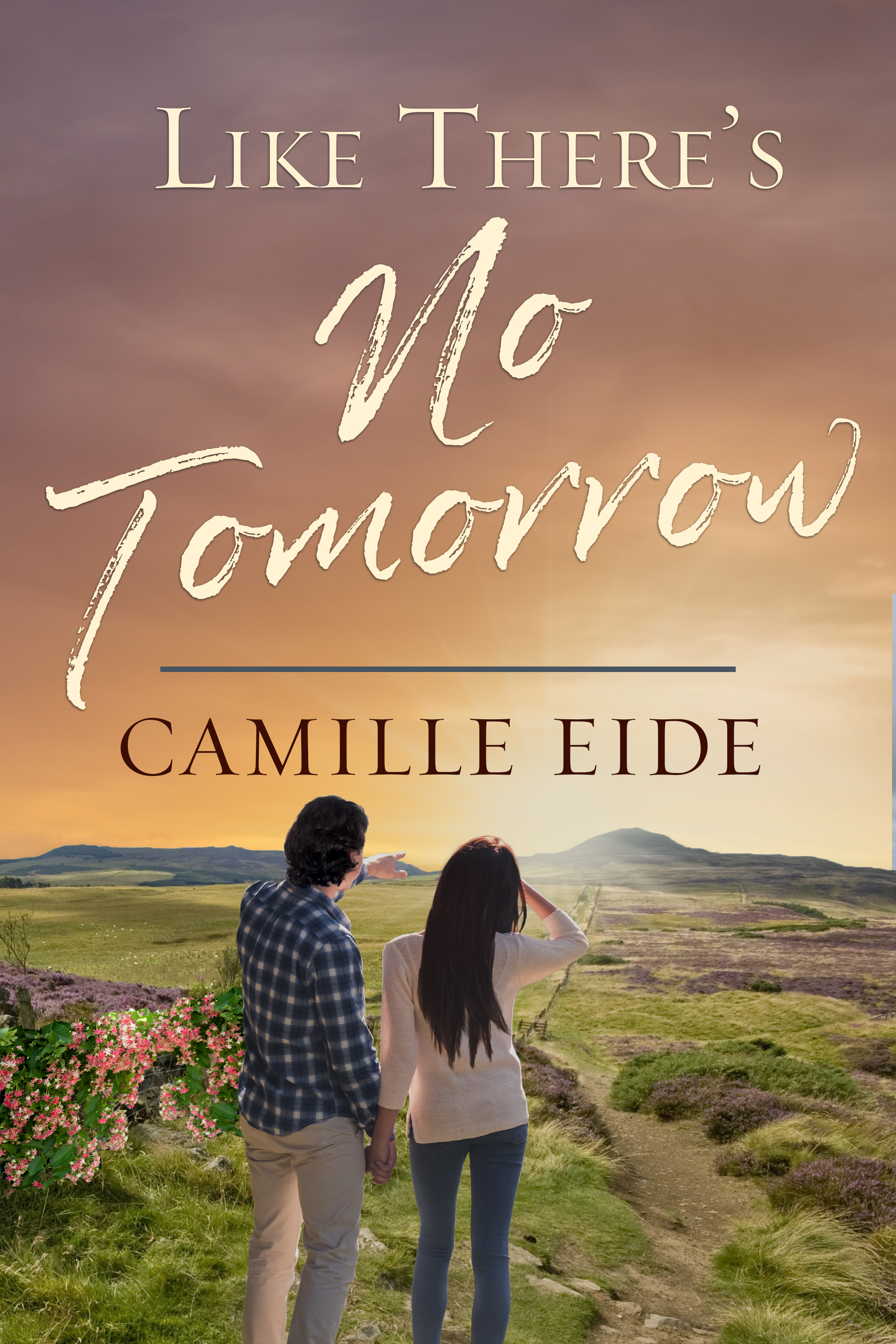If you haven’t yet signed up for my newsletter, you’re missing out! That’s where you’ll find special things I don’t share anywhere else, like a mouth-watering pie recipe (next newsletter) that I found while researching for my upcoming book, Wings Like a Dove. [You can sign up for that newsletter HERE, and when you do, you’ll also get a link to download a free novella, a tender love story only available to my newsletter subscribers.]

Due to a lack of standard ingredients (as in the Depression, and war rationing), some recipes were altered, and new ones were invented. One of the recipes from such an era is “Wacky Cake” which gets its name from its “crazy” lack of eggs, butter, and milk. The decision to invent a chocolate cake without eggs and dairy was sheer genius. Wacky Cake is easy to throw together in a pinch, and has always been a favorite around my house.
But back to pie…
I’m not sure why pie kept turning up in Wings Like a Dove, but I have a theory, which we’ll come back to in a minute. In one instance, pie plays a part in mastering sixth grade math. In another, pie is involved in something far more dramatic.
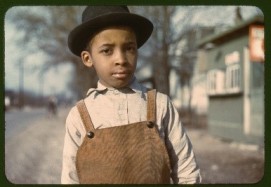
A young black boy named Samuel is accused of stealing a pie, and Anna, the heroine, inserts herself in the situation hoping to divert some potentially ominous consequences.
So how did pie find its way into my 1930s story? From a conversation with my late father-in-law, who was a boy of Samuel’s age the year Wings is set.
Even though Dad had dementia, he loved to tell stories. I got him talking once about growing up in the 30s, and since I was working on this novel, I asked him what kinds of things he and his friends did for fun, how they spent their summers, etc. He and his buddies rode their bikes all over, sometimes from Northeast Portland all the way to Multnomah Falls and back, a fifty-mile round trip. (50! I’m trying to picture kids doing that now, but I can’t, sadly…). They did a lot of fishing, hiking, and exploring. I asked what they did for food on a long day like that, and he said he would pack himself five or six sandwiches.

And then out of nowhere, my conscientious father-in-law piped up and said, “Sometimes, I’d swipe a pie.”
“What? You stole a pie? Like a whole one?” I wasn’t sure if this was actual fact, or the dementia talking.
He chuckled. “Yeah, but most of the time, I paid for it.”
“How much did a pie cost back then?”
“Twelve cents,” he said without missing a beat. Even with dementia, his ability to remember history and ancient detail was sharp.
“And I’m guessing you shared it with your buddies.”
He just smiled. “Sometimes.” (Al was a tall, lean Norwegian with an appetite the size of Rhode Island—anyone who knew him can attest to this.)
Stories from previous generations ought to be passed down and treasured up. And sometimes, bits of real-life stories can be preserved by inserting them into a novel—like a pack of adventurous boys and a twelve-cent pie.
Q: Do you have stories passed down from parents or grandparents, from childhood, from earlier eras, from simpler times? Can you think of some special ways to make sure these stories are preserved?
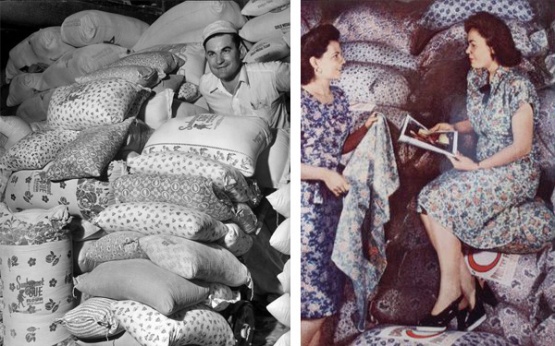




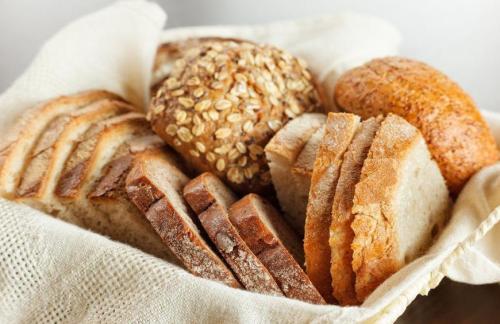 BREAD …
BREAD …








